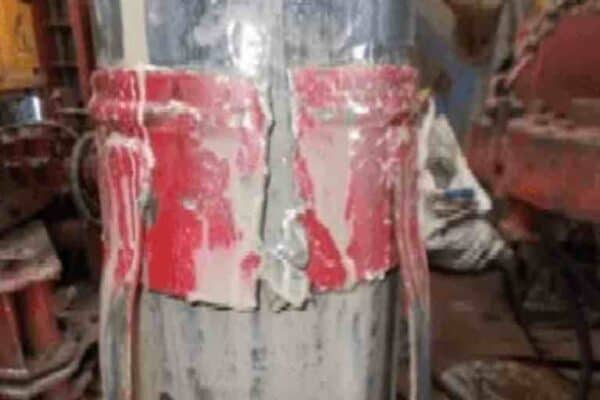The primary objectives for centralization design (that is the number, type and spacing of cementing centralizers) should satisfy both the need to get the casing to the bottom as well as zonal isolation.
However, despite this being apparently simple and obvious, cementers do not seem to appreciate the fact that without the casing at target depth primary cementing objectives may not be met. The drilling crew, on the other hand, may not appreciate the need for adequate stand-off of the casing to achieve good cement sheaths. Hence the question again: How many centralizers do we really need?
In principle, cementers and drilling crews are operating within their functional remits within the well delivery process. So who do we blame when things do not go as expected?
The Mud obviously !… Just kidding ????
Essentially, neither party is to blame …
The problem is “experience” or a lack of it. It is often said: people’s experience is a heavy load.
Yes! experience from previous failures where the root cause was not properly investigated resulting in a conservative representation of the tripping load analysis associated with the casing or liner (drag losses) or poor quality centralizers.
First of all, let’s consider the use of conservative computer simulations of the casing tripping load analysis
On a few occasions in my career, I participated in field studies where it was evident that centralizers reduced casing drag losses in challenging conditions contradicting some computer models using “standard” friction factors and applying this across the entire string.
It is, therefore, appropriate to calibrate the run analysis with features of the centralizer available to the drilling crew. This approach tends to provide more representative results making decision making easier. This also requires the selection of the appropriate string model (stiff or soft) and modelling the cementing centralizers and casing/liner string as close as possible to the actual. NOTE: When available this is called “model calibration“
And secondly, poor quality cementing centralizers
The problem is not entirely about having “too much iron in the hole” but having the wrong kind of “iron”.
Accordingly, if you don’t have the luxury of a field-calibrated model, you definitely need to choose the right type of centralizer. In such a consideration, then a centralizer that’s able to provide lower frictional losses irrespective of formation or material type when compared to any competitive centralizers in the industry resulting in effective friction factors as low as 0.2 or lower.
This is a step in the right direction and provides both drillers and cementers with the confidence to get the casing to the bottom and achieve the aspired zonal isolation objective. I have used centralizers from several manufactures. From relatively unknown/small companies to some of the more traditional and established ones.
However, after some personal research and interactions across my expanded network from around the globe, I was pleasantly surprised and impressed with a centralizer designed by a company whose main focus is primarily to get casing/liners/completion strings to the bottom, the primary objective of running tubulars in the first place. This company is called Geoprotech International Limited with their ultra-low friction centralizer, the GeoGLIDER™XTREME.

As a cementer, I reviewed the design consideration, features and case histories of the GeoGLIDER™XTREME from the perspective of both a cementer and drilling engineers and was quite impressed with the performance of this system. Geoprotech International Limited has probably done what Downhole Products did with the Spir-o-lizer several years ago, by providing the industry with a centralizer that goes beyond simply centralization but offers more of an enabler for optimizing tubular deployment based on the design features.
The GeoGLIDER™XTREME is a three-bladed centralizer with offset touchpoints. The contact area on each of the blades is less than 2 in2which means the total contact area if all three blades are in contact with the borehole is less than 5 in2. This is about 20% of the design consideration of traditional industry-leading centralizers available today.
The logic behind friction reduction is based on reducing surface roughness by reducing the contact area. Even with the offset touchpoints and much smaller footprint, the stand-off is not compromised. It also has no sharp edges and comes with smoothened out, gradual chamfers that do not dig into the formation during runs.
Based on my research of what is available and applicable in challenging wellbore environments, no doubt I can only recommend the GeoGLIDER™XTREME from a company that specializes in tubular (casing) deployment, and I have opted to spread the word as much as I can, especially to my colleagues in Latin America, but here in this post, I am extending the message to the rest of the world.
Cheers,
L. Diaz


Great write-up, I am an enormous believer in commenting on blogs to help the weblog writers know that they’ve added something worthwhile to the world extensive web! (source roblox-cheats.com). Anyway, in my language, there are usually not much good source like this.